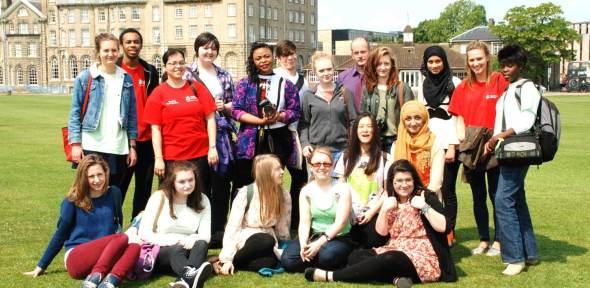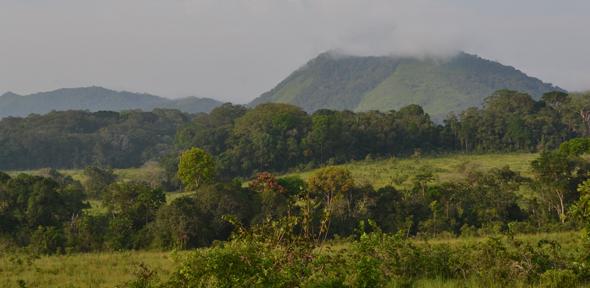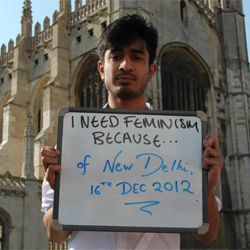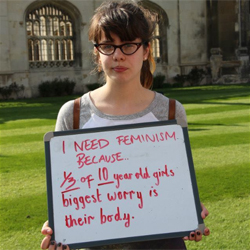
In October 2000, I arrived in Geneva from Stansted airport ready to start a two year research job at the European centre for particle physics (CERN) with my heart in my throat. This was before all of the recent excitement about the Large Hadron Collider, but for a particle physicist, CERN is the ultimate temple of physics and for me, it was my lifetime ambition to work there. I had recently daringly, and many said stupidly, turned down a life-time lectureship at another university so that I might have a chance of working at CERN (the offer came with an inflexible initial start date).
CERN really is an amazing place. There are some 10,000 physicists and engineers working on the site, which straddles the Franco-Swiss border, just outside Geneva, underneath the Jura Mountains. Everyone is working for The Cause - our common goal is to find out what the stuff that makes up our universe is like, and how it behaves.
When I arrived, the Large Hadron Collider had not been built and the previous one was toward the end of its operation. While I was there, there was a potential hint of a higgs signal in the data. All of a sudden, CERN was completely abuzz. Everyone was trying to find out the latest rumours. There were four independent experiments back then, all competing with each other. The idea behind this was that they can check each other's results, and keep each other unbiased. But because of this competition, the experiments were rushing to make a big discovery before the others, but they also wanted to keep their data secret so as not to give the others a clue.
I am a theoretical physicist: I do the mathematics and interpret experimental data, rather than actually run the experiments. My theoretical colleagues had spies on the experiments, which they were trying to push for information to find out the latest on the Higgs boson. Then they would tell their friends, and all sorts of wild rumours would start to fly about. Mostly this wasn't done for any personal advantage, it was just that we were fascinated, and really wanted to know what was going on at the cutting edge as early as possible. Once every month or two, the experiments would hold seminars and do official releases of data. Sometimes we already knew what they were going to say but sometimes it was a surprise.
In the end, it turned out that the hint of a signal that we were all getting so excited about was just a random fluctuation of the data. We couldn't really know this for sure though until we had seen the LHC data, and that didn't arrive for another eight years or so.
At the time though, since there was the hint of a higgs boson signal in the data, and since the collider only had a year or so left before shutdown to make way for the LHC, the accelerator engineers started to ramp up the energy as much as possible. This was a risky strategy, because parts started to break down, being under a lot of strain (I imagine the accelerator engineers, like Scottie from Star Trek, shouting "she cannae take any more captain!") My friend worked on one of the experiments, and many times he was paged from the pub and had to taxi up to the experiment to try and get it working once it had all broken down.
Since the beam was still on, the experiment was losing valuable data that all of the other experiments were taking, and could lose out on a discovery as a result. One time, his boss had to be called in at 1am from a birthday party to coordinate everyone. The first thing to do was pour coffee down him to try to sober him up.
People often think that the biggest man made experiment on earth will be ultra high-tech and efficiently squeaky clean. In some ways this is true, but there was also a sort of Heath-Robinson aspect too. For instance, the accelerator is a complicated beast with thousands of different magnets and sub-pieces, all with complex and nervy feedback across them. As a result, driving it is something of a black art: apparently you get the "feel" of how it is behaving that day and some of the operators were particularly good at this knack. During 1998, the best operators by far were the French accelerator engineers: they just had the most experience, and an uncanny sense of how it would behave in the following five minutes. That year, the football world cup was in France, and we were praying that France would be knocked out early because the rate of good beam was really low: all the good French operators were taking days off to watch their team's matches.
It was hard getting research jobs in the subject back then: the competition was ultra-tough, and I was far from sure I would be able to get the next job. Whenever I thought about leaving the subject, I think how sad I would be to read about a big discovery (like the recent Higgs boson discovery) and to know that I could have been involved, at least in some small way. I really feel that I am super lucky to be still researching in the field. I work from the University of Cambridge, but visit CERN several times a year for research. If you ever go to Geneva, I thoroughly recommend you to get on the CERN website several weeks beforehand, and book yourself in to a guided tour. I guarantee it will be an incredible scientific journey.
Inset image: Ben Allanach working it out during his time at CERN
In a recent talk for TEDx, theoretical physicist Professor Ben Allanach explored the research he undertook during the two years he spent working on the Large Hadron Collider at CERN in Switzerland. Here, he takes us back to his time as one of the scientists working on the biggest scientific experiment in human history.
This work is licensed under a Creative Commons Licence. If you use this content on your site please link back to this page.











 As a brand that for decades stood the test of time and still boasts iconic status in the public imagination, Bovril encapsulated notions of health and energy, stamina and stoicism. Bovril is good for you. It helps to build healthy bodies. Bovril is what explorers drink to keep their spirits up when times are tough. It’s what your British granny gives you to sip when you’re recovering from a bug. Bovril makes your Sunday roast gravy dark and strong.
As a brand that for decades stood the test of time and still boasts iconic status in the public imagination, Bovril encapsulated notions of health and energy, stamina and stoicism. Bovril is good for you. It helps to build healthy bodies. Bovril is what explorers drink to keep their spirits up when times are tough. It’s what your British granny gives you to sip when you’re recovering from a bug. Bovril makes your Sunday roast gravy dark and strong.























